Landslides Due to Pasture Degradation. Overgrazing. Village of Kyzyl-Dyikan.
Coordinates: Latitude 42°670869 Longitude 73°938694
The primary cause of the acute ecological situation in Kyrgyzstan is overgrazing, which is not only due to the large number of livestock but also to changes in the pasture usage system, which has become year-round. As a result, there is degradation of pastures, and the processes of replacing annual forage grasses with weeds are intensifying. The negative consequences of overgrazing include desertification, soil erosion, deforestation, degradation of plant and animal wealth, a decrease in livestock productivity, and ultimately a reduction in food security for humans.
Everywhere near populated areas, changes in the appearance of fine-grained grass steppes are already observed due to perennial (most often excessive) grazing: the height of the grass cover and the forage value of the vegetation are decreasing, desertification is occurring, and pastures are being colonized by inedible and weedy plants. The tugai forests of the region suffer from overgrazing, as the underbrush is eaten away and removed. Pasture degradation is occurring. The species composition of traditional pastures is impoverished, and over time, it is completely filled with thickets of less suitable or even poisonous grasses. Pasture rotation, that is, changing pastures, is almost nonexistent in the country.
Experts suggest measures such as adhering to a pasture rotation system, seasonal migrations; regulating livestock numbers in accordance with pasture resources; cultivating annual and perennial grasses to improve the forage base and reduce livestock mortality due to lack of feed; introducing irrigation systems for watering hayfields, pastures, and watering points.
Additionally, reducing livestock numbers by introducing more productive breeds of livestock, guiding shepherds towards other income-generating activities such as ecotourism and rural tourism, providing opportunities for processing livestock products, and organizing a market for livestock breeders, which allows them to reduce the number of livestock through earnings from side activities.
The primary cause of the acute ecological situation in Kyrgyzstan is overgrazing, which is not only due to the large number of livestock but also to changes in the pasture usage system, which has become year-round. As a result, there is degradation of pastures, and the processes of replacing annual forage grasses with weeds are intensifying. The negative consequences of overgrazing include desertification, soil erosion, deforestation, degradation of plant and animal wealth, a decrease in livestock productivity, and ultimately a reduction in food security for humans.
Everywhere near populated areas, changes in the appearance of fine-grained grass steppes are already observed due to perennial (most often excessive) grazing: the height of the grass cover and the forage value of the vegetation are decreasing, desertification is occurring, and pastures are being colonized by inedible and weedy plants. The tugai forests of the region suffer from overgrazing, as the underbrush is eaten away and removed. Pasture degradation is occurring. The species composition of traditional pastures is impoverished, and over time, it is completely filled with thickets of less suitable or even poisonous grasses. Pasture rotation, that is, changing pastures, is almost nonexistent in the country.
Experts suggest measures such as adhering to a pasture rotation system, seasonal migrations; regulating livestock numbers in accordance with pasture resources; cultivating annual and perennial grasses to improve the forage base and reduce livestock mortality due to lack of feed; introducing irrigation systems for watering hayfields, pastures, and watering points.
Additionally, reducing livestock numbers by introducing more productive breeds of livestock, guiding shepherds towards other income-generating activities such as ecotourism and rural tourism, providing opportunities for processing livestock products, and organizing a market for livestock breeders, which allows them to reduce the number of livestock through earnings from side activities.

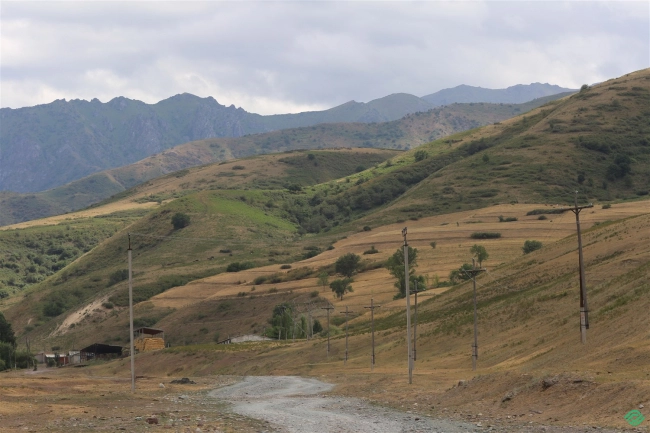


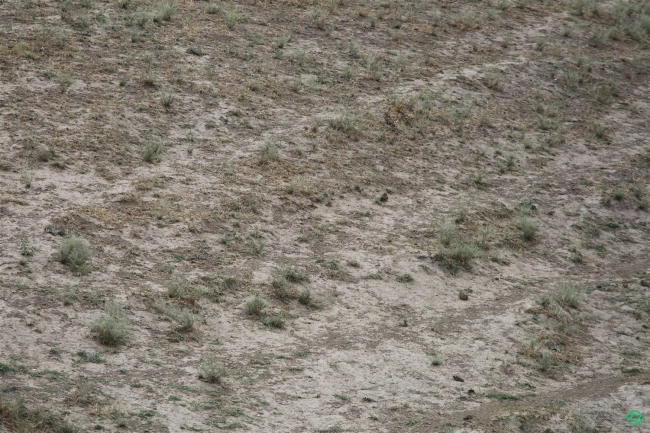
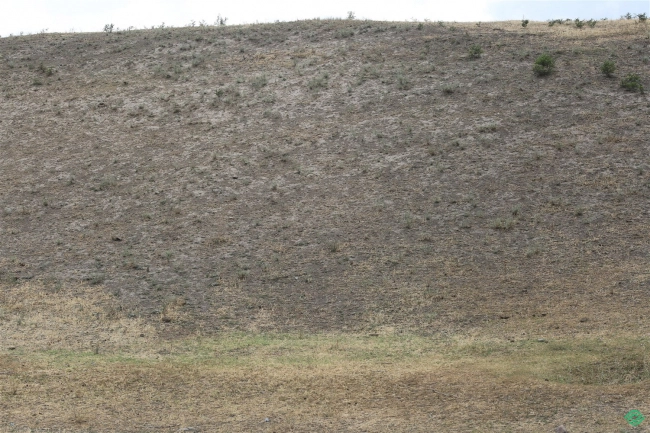
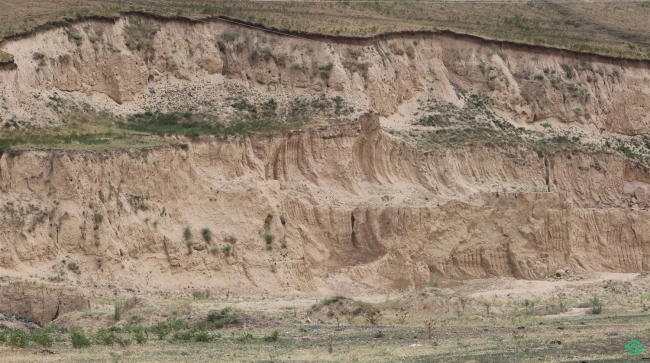
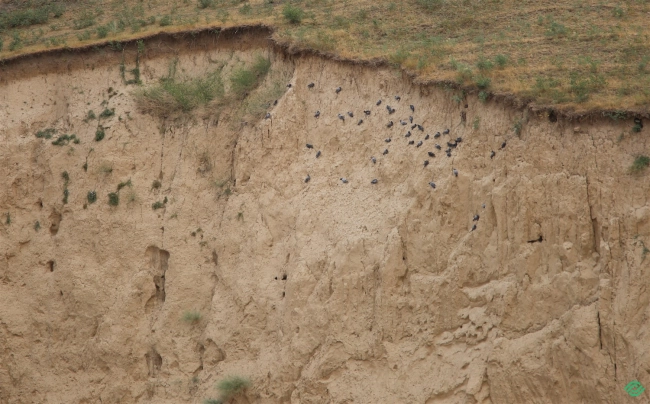
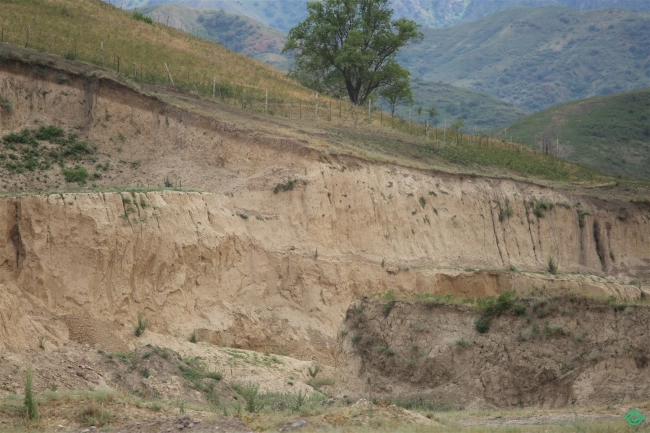
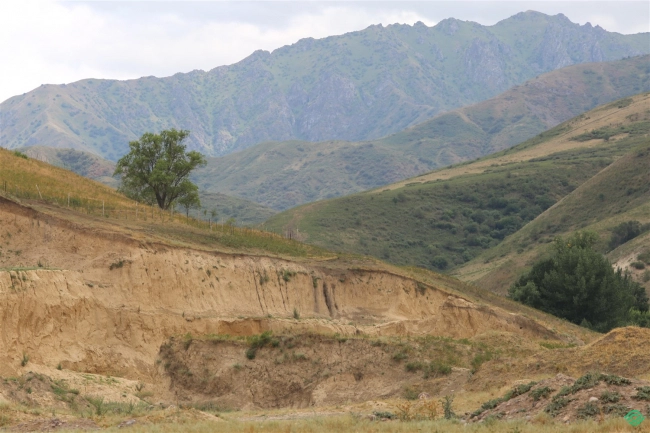
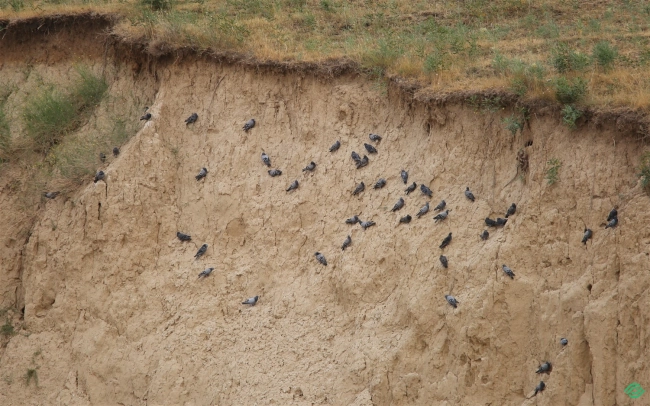

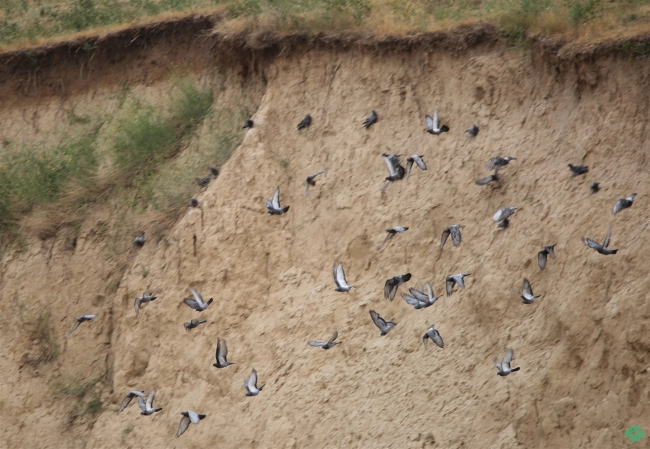
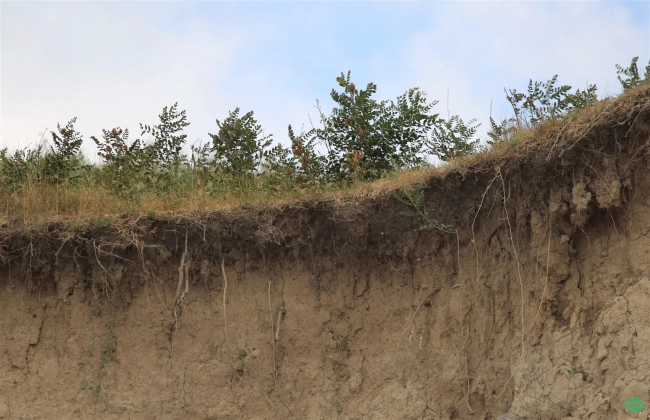
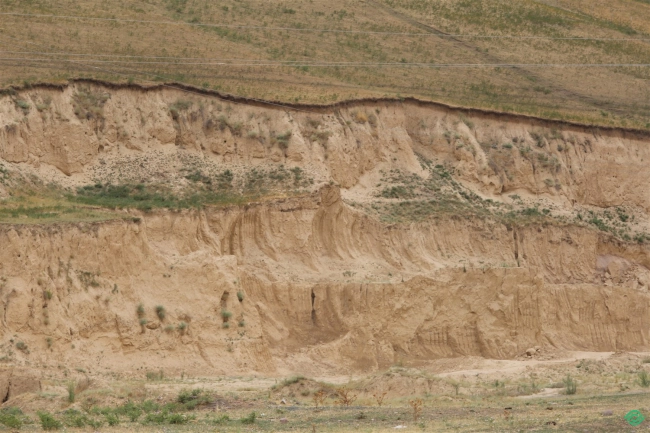


















Attention: Information based on submitted complaints